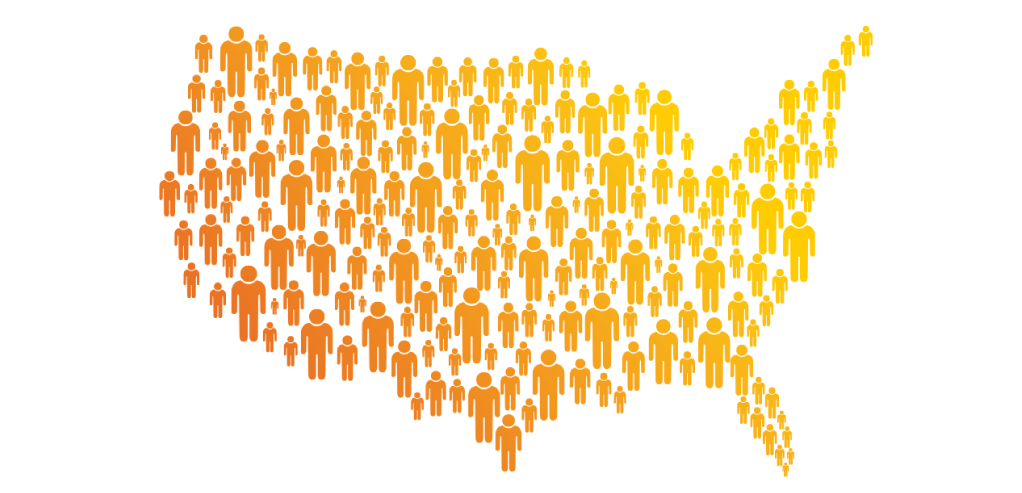Census Data Visualization

As part of our ST-558 coursework, we read census data and plotted variation in enrollment value/population for different years and states. Rstudio was used as a development tool, and the entire project was written in R. This blog post will include my project learnings and what changes I would have made to the project and overall process.
Learnings from the project
Data processing
The data required for the project was obtained the census bureau in the form of .csv files. In the data processing section, I learned how to read data from csv files into a tibble, which can then be processed. During the data processing, I learned how to split a variable into multiple variables to obtain more parameters for analysis. I also learned how to extract and filter only important features from the tibble, as well as how to format some variables, such as dates, to make the dataset more valuable while analyzing it. The project also helped me understand how to visualize the extracted data. We can reach inferences from these plots by comparing and contrasting the values of two different variables.
In terms of technology, I learned how to work with tidyverse library and use select(), mutate(), rename(), pivot_longer(), as.Date(), as.numeric(), substr(), summarise() functions of dpylr package. Additionally, the project required us to create R programming functions. I discovered how to write a function with default and optional arguments. This reusable function cleans up the markdown by reducing the amount of redundant code. It also helped me to dig into Regex part for pattern matching in R programming. The project helped me write custom plot function to plot based on class. We exploited UseMethod(“plot”) to determine how the appropriate plotting function works.
Data Visualization
I was able to draw some inferences about the data using customized plot functions by plotting variances in population and year for a specific division or state. For instance, I saw a dramatic decline in the enrollment mean for the Mid-Atlantic division and decided to investigate more to learn more about the unexpected drop.
Project 1 HTML file with details and plots
What you would do differently?
I believe there were numerous approaches we could have taken to read and process the data from the csv file. There were other variables that we eliminated before plotting and visualizing it. We could have pruned the significant variable before analyzing it. We could have divided some of the functions into shorter functions, giving the project more flexibility. We could have set a goal from the start, such as finding a state with an unpredictable spike in enrollment value, and given ourselves some flexibility to move in that direction.
Thank you for reading!